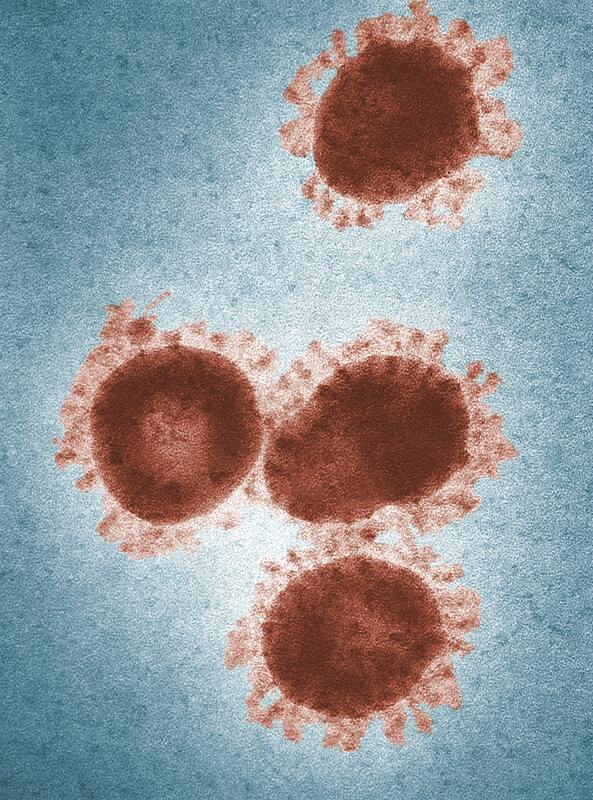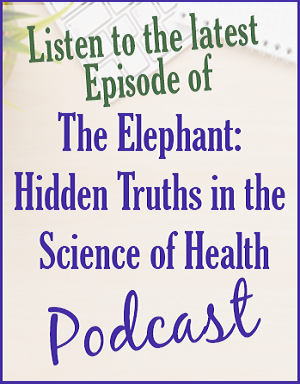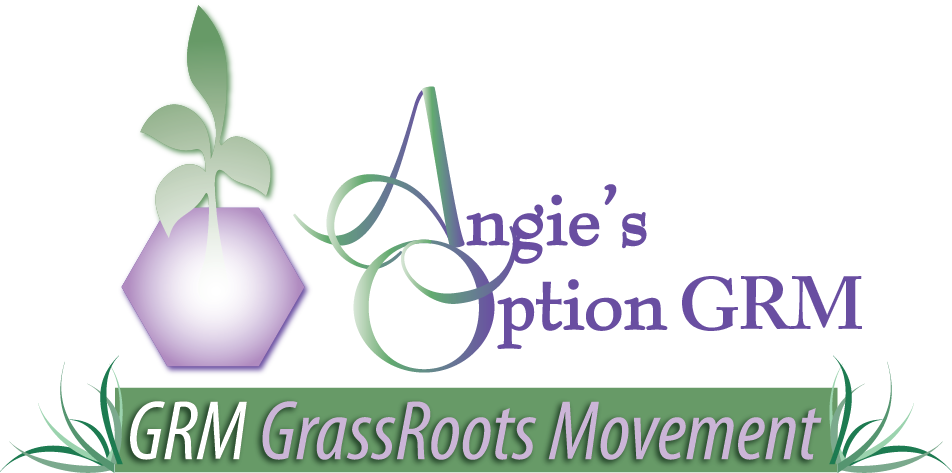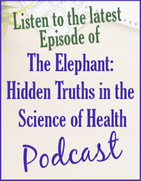Larry A. Law
First-line Treatments
Ivermectin, low-dose naltrexone (LDN), resveratrol, intermittent daily fasting, sunshine, moderate physical activity, and melatonin lead the list of effective treatments outlined by the Front Line COVID-19 Critical Care Alliance (FLCCC).
Second-line Treatments
These treatments are more aggressive and target a smaller group of people who need extra support. These treatments include methylene blue (MB), vitamins C, D, and K2, magnesium, omega-3 fatty acids, n-acetyl cysteine (NAC), hydroxychloroquine (HCQ), sildenafil, intravenous vitamin C, and a few other approaches.
Third-line Treatments
This line of treatment includes hyperbaric oxygen therapy (HBOT), 5-methyl tetrahydrofolate (5-MTHF), and a few other options.
Why So Many Treatments?
The reason there are so many treatments for spike protein damage is that the resulting injuries form more of a syndrome rather than just one disease. Dysfunctions in many overlapping pathways occur and what works for one person does not necessarily work for another. This is because of differences in immune system comorbidities, the phase of the viral attack (early on viral replication, later disease manifestations, etc.), and the type of virus mutation (Wuhan, omicron, delta, etc.). Listed below are some of the various problems that can occur due to the spike protein and the reason there are so many treatment options: Autophagy: Normally, the first thing the spike protein does is block your cell's recycling system for salvaging and replacing old and damaged parts, which is what autophagy is. Infected cells are prevented from clearing out and ridding themselves of the spike protein. Mitochondrial Dysfunction: The spike protein causes environmental stress within the cell, which reduces cellular energy production. This results in more oxidative radicals being created, which leads to fatigue, increased cell stress, and death. Reactivated or Persistent Infections: The spike protein downregulates immune cells, particularly T cells, and the innate immune response. Lessening or weakening of the innate immune system leads to an increase in opportunistic infections and the reactivation of latent viruses, all of which leads to more disease states. Mast Cell Response: Spike proteins trigger the activation of mast cells; these play a critical role in allergic responses by releasing histamine. This activation contributes to inflammation, symptoms of fever, headaches, swelling, and other debilitating conditions. Blood Clot Formation: The spike protein binds to blood-clotting proteins like fibrinogen and leads to abnormal blood clots. These clots can block blood vessels, causing tissue damage which result in strokes and heart attacks. Cancer: Exposure to the toxic spike protein can lead to DNA damage markers. If these cells are not killed by the immune system, they can proliferate as abnormal cancer cells. Autoimmunity: Spike glycoprotein shares many similarities with other human glycoproteins, so the immune system can become confused and generate antibodies that bind to normal human tissue, which leads to an attack by the body on itself. The first line of treatment outlined by the FLCCC focuses primarily on autophagy and clearing out the spike protein. The second line of treatment is more directed towards reducing toxicity by resolving problems in multiple pathways. Strengthening our immune system is the most important thing we can do to maintain good health and fight off damaging toxins when we are exposed. For more information on what the hidden truths are in the science of health, see my book, There's An Elephant in the Room. For an exceptional 15-minute address by Del Bigtree regarding the things we need to accomplish to recover from the manufactured COVID pandemic, click here.
0 Comments
Leave a Reply. |
BlogArchives
July 2024
Categories
All
|
© Angie's Option GRM. All rights reserved.








 RSS Feed
RSS Feed

